In the vast chronicle of Earth’s prehistoric giants, few discoveries have shaken the foundations of paleontology quite like Patagotitan mayorum. Unearthed in the windswept plains of Patagonia, Argentina, this colossal titanosaur emerged from its 101-million-year slumber to rewrite our understanding of just how massive dinosaurs could become. When scientists announced its discovery in 2014, the sheer scale of this gentle herbivore captured the world’s imagination and forced museums to reconfigure their exhibition halls just to house its replicated skeleton. Beyond its staggering dimensions, Patagotitan represents a triumph of scientific discovery and offers fascinating insights into the biology, evolution, and ecosystem dynamics of the middle Cretaceous period. This titanosaur didn’t just break size records—it expanded our conception of biological possibility.
The Discovery That Stunned Paleontologists

The story of Patagotitan begins in 2010 when a local farm worker in Argentina’s Chubut Province stumbled upon what he thought might be dinosaur remains. What followed was one of the most significant paleontological excavations of the 21st century, led by researchers from Argentina’s Museum of Paleontology Egidio Feruglio. The team ultimately uncovered not just one, but seven individuals of this previously unknown species, comprising about 130 bones in total. The excavation site, located in the Cerro Barcino Formation, yielded fossils in an exceptional state of preservation, allowing scientists to assemble a remarkably complete picture of this titanosaur.
The discovery was particularly significant because large sauropods often have poorly represented fossil records due to their massive bones being difficult to preserve intact. When the team realized the unprecedented scale of their find, they brought in additional experts from around the world to help document and analyze what would become a landmark discovery in vertebrate paleontology.
Size That Stretches Imagination
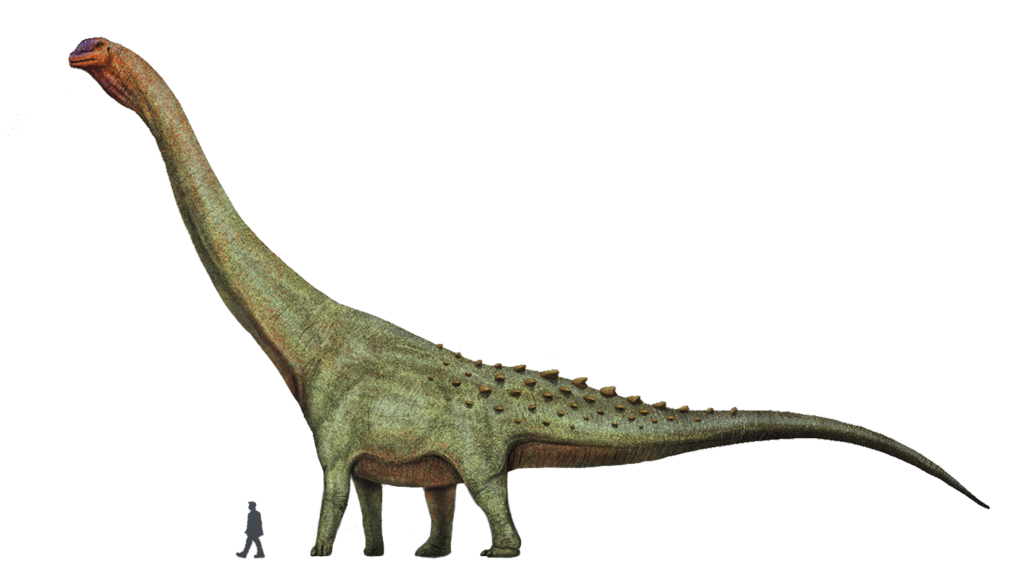
Patagotitan’s dimensions challenge our very conception of how large a land animal can grow. Conservative estimates place this titanosaur at approximately 37 meters (121 feet) in length and a weight of about 69 metric tons—equivalent to around 12 African elephants. Its femur alone stands taller than an average adult human, measuring over 2.4 meters (8 feet) in length. The neck of Patagotitan would have stretched nearly 15 meters (50 feet), allowing it to access vegetation at various heights without moving its massive body.
Its vertebrae, some as large as a small refrigerator, reveal the robust internal structure necessary to support such extraordinary mass. While some initial estimates suggested even larger dimensions, careful analysis using techniques such as laser scanning, computational modeling, and comparative anatomy have refined our understanding of its true size, which remains staggering even by the standards of the largest known dinosaurs. These measurements firmly establish Patagotitan as among the largest known terrestrial animals ever to have walked the Earth.
Taxonomic Classification and Relations
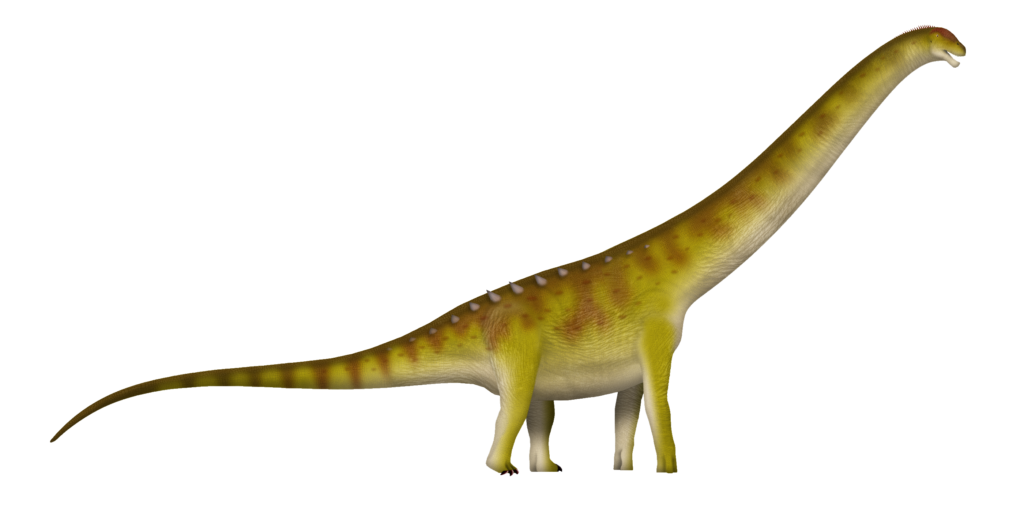
Patagotitan belongs to Titanosauria, a diverse clade of sauropod dinosaurs that dominated ecosystems worldwide during the Cretaceous period. More specifically, it’s classified within the family Lognokosauria, a group of particularly massive titanosaurs including relatives like Argentinosaurus and Puertasaurus. The species name “mayorum” honors the Mayo family, on whose land the specimens were discovered. Detailed analysis of Patagotitan’s skeletal morphology reveals several unique adaptations that distinguish it from other titanosaurs, including distinctive vertebral features and limb proportions optimized for its enormous size.
Phylogenetic analyses place Patagotitan as a derived titanosaur that evolved during a period when this group was undergoing significant diversification and size increase. Its closest known relatives appear to be other South American titanosaurs, suggesting this continent may have been a hotspot for the evolution of truly gigantic sauropods. The unique combination of primitive and derived features in Patagotitan provides important insights into titanosaur evolution and the development of gigantism in this lineage.
The Biology of Being Massive
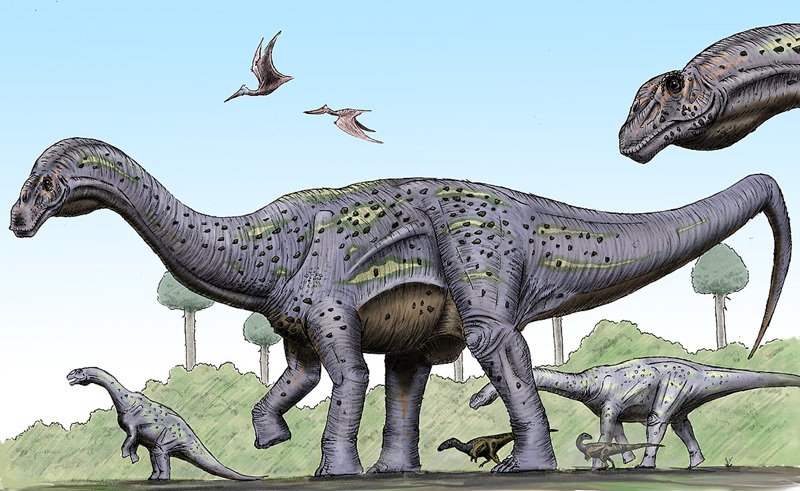
The tremendous size of Patagotitan raises fascinating questions about the biological limitations of terrestrial vertebrates. Several specialized adaptations made such gigantism possible, including highly pneumatized bones—filled with air sacs connected to the respiratory system—which significantly reduced skeletal weight while maintaining structural integrity.
Patagotitan’s vertebrae contained complex networks of air chambers, some connected to lung-associated air sacs, creating an efficient bird-like respiratory system that provided the high oxygen throughput necessary for such a large body. Its limbs evolved into straight, columnar structures positioned directly beneath the body to support its weight efficiently, similar to modern elephants but on a much grander scale. Cardiovascular adaptations would have been necessary to pump blood up its long neck to the brain, possibly including specialized pressure-regulating mechanisms or multiple heart-like structures.
Additionally, Patagotitan likely possessed a highly efficient digestive system capable of processing vast quantities of low-quality plant material, though the exact details remain speculative without preserved soft tissues. These biological innovations collectively represent remarkable evolutionary solutions to the challenges of extreme size.
Feeding Habits and Dietary Requirements

Sustaining Patagotitan’s enormous body required prodigious quantities of food—likely hundreds of kilograms of vegetation daily. As a member of Titanosauria, it possessed a broad, square-shaped muzzle specialized for non-selective browsing, efficiently cropping large amounts of plant material. Unlike some sauropods that had peg-like teeth suited for particular plants, Patagotitan’s pencil-shaped teeth suggest it was a generalist herbivore capable of processing various types of vegetation available in its environment.
The extraordinary length of its neck allowed Patagotitan to access different feeding zones without moving its massive body, conserving valuable energy while maximizing foraging efficiency. Paleobotanical evidence from the Cerro Barcino Formation indicates a habitat rich in conifers, ginkgoes, cycads, and early flowering plants, all potential food sources.
Microwear patterns on preserved teeth can provide clues about diet, though this research for Patagotitan specifically remains ongoing. Based on its enormous size, scientists estimate Patagotitan may have needed to consume approximately 2-4% of its body weight daily—potentially meaning 1,000-2,000 kilograms of plant matter every single day to maintain its massive physiology.
The Habitat of a Giant
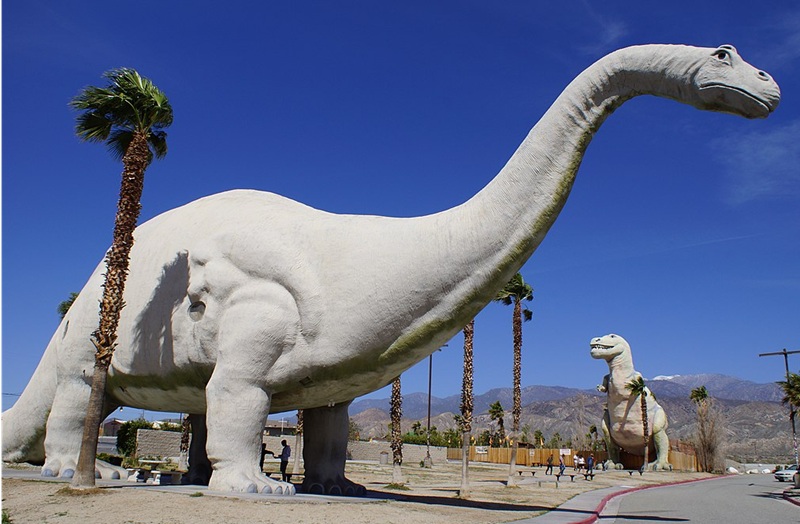
The ecosystem that supported Patagotitan approximately 101 million years ago during the mid-Cretaceous was significantly different from modern Patagonia. Geological and paleobotanical evidence from the Cerro Barcino Formation indicates a floodplain environment with meandering rivers, seasonal flooding, and abundant vegetation. The climate was considerably warmer and more humid than present-day Patagonia, with no polar ice caps and higher global sea levels creating different patterns of atmospheric circulation.
This lush environment provided the abundant plant resources necessary to sustain not just Patagotitan but entire populations of these giants. Sedimentological analysis of the fossil beds suggests that the area experienced periodic flooding, which may explain why multiple individuals were preserved together—possibly caught in a catastrophic flooding event.
The preservation of plant fossils alongside dinosaur remains allows paleontologists to reconstruct a complex ecosystem with diverse flora including conifers, cycads, and early angiosperms. This rich environment, coupled with the absence of significant predation pressure on fully-grown adults, created ideal conditions for the evolution of extreme gigantism in these titanosaurs.
Growth and Development
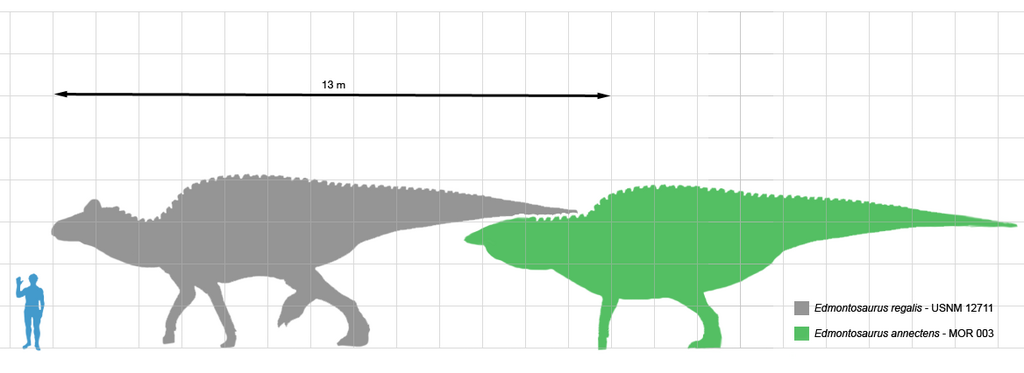
The growth trajectory of Patagotitan represents one of the most extreme examples of biological development known in the fossil record. Studies of bone microstructure through histological analysis reveal that despite their enormous adult size, these titanosaurs likely reached sexual maturity while still actively growing. Growth ring analysis in the fossil bones suggests that Patagotitan experienced rapid juvenile growth, perhaps adding several tons per year during peak development phases.
Unlike many reptiles that grow throughout their lives, evidence indicates that Patagotitan, like other sauropods, reached a growth plateau in adulthood. Interestingly, the discovery of multiple individuals of different sizes at the same site provides a rare opportunity to study ontogenetic changes across different life stages. The smallest individuals recovered still represent immense animals by vertebrate standards, suggesting that even juvenile Patagotitans were formidable creatures.
Researchers estimate that these titanosaurs may have reached their full adult size within 20-30 years—an impressively rapid timeline considering the final dimensions, and substantially faster than the growth rate seen in modern reptiles scaled to comparable sizes.
Locomotion and Movement Capabilities

Despite its tremendous mass, biomechanical studies suggest Patagotitan was capable of surprisingly efficient locomotion. Its limbs evolved as straight, columnar structures positioned directly under the body—a weight-bearing adaptation similar to that seen in modern elephants but taken to an extreme. Computer modeling indicates that Patagotitan likely moved with a slow but efficient walking gait, conserving energy while covering substantial distances.
Top speed estimates suggest these titans could probably move at only about 5-10 kilometers per hour at maximum exertion, substantially slower than smaller dinosaurs but impressive considering their mass. The massive tail, balanced by the long neck, would have served as a counterweight during movement, helping maintain stability. Track evidence from related titanosaurs shows they typically traveled with a narrow gauge stance, with feet positioned close to the body’s midline to maximize walking efficiency.
The substantial energy cost of acceleration and the structural limitations of their skeletons meant that rapid movements were likely impossible, suggesting that adult Patagotitans relied primarily on their size rather than speed as defense against predators. This locomotor strategy represents an evolutionary trade-off favoring energy conservation over speed or agility.
Comparing Patagotitan to Other Giants

The discovery of Patagotitan sparked renewed debate about which dinosaur truly deserves the title of “largest ever.” Its main competitors for this distinction include fellow titanosaurs like Argentinosaurus, Puertasaurus, and Notocolossus—all known from less complete remains, making precise size comparisons difficult. Current evidence suggests Patagotitan ranks among the largest, though some estimates place Argentinosaurus as potentially heavier.
Beyond dinosaurs, Patagotitan dwarfs the largest terrestrial mammals by an enormous margin, weighing roughly 14 times more than the largest known land mammal, Paraceratherium. In the marine realm, only the modern blue whale exceeds Patagotitan in mass, reaching weights up to 190 metric tons—though whales benefit from water’s buoyancy rather than needing to support their weight against gravity.
What distinguishes Patagotitan in these comparisons is the exceptional completeness of its remains, allowing for more accurate size estimates than many contenders known only from fragmentary fossils. This relatively complete fossil record makes Patagotitan particularly valuable for understanding the biology of extreme gigantism, regardless of whether it was definitively the largest dinosaur species.
Scientific Significance Beyond Size
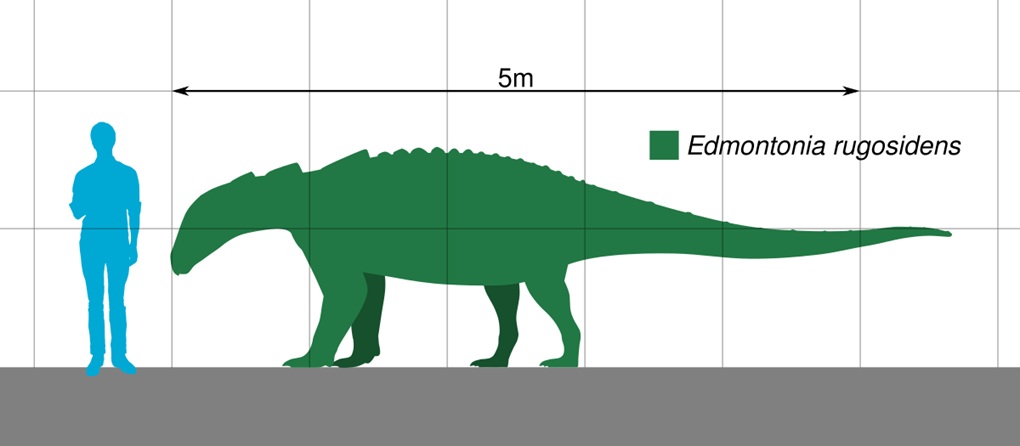
While Patagotitan’s colossal dimensions capture immediate attention, its scientific importance extends far beyond breaking size records. The exceptional preservation and relative completeness of multiple specimens provide unprecedented insights into titanosaur anatomy and construction. The discovery offers crucial data for understanding the evolutionary patterns that led to extreme gigantism in sauropods, including the biomechanical, physiological, and ecological factors that made such size possible.
Patagotitan specimens have allowed researchers to test hypotheses about weight-bearing adaptations, thermal regulation in massive animals, and growth patterns in sauropods. The discovery of multiple individuals together has significant implications for understanding potential social behavior in these titans, suggesting they may have traveled in groups—a rarity in the fossil record of extremely large sauropods.
Additionally, the rich contextual data from the discovery site, including associated plant fossils and sedimentological evidence, provides a detailed window into mid-Cretaceous ecosystems in Patagonia. The study of Patagotitan has also spurred methodological innovations in paleontology, including new techniques for excavating, preserving, and analyzing extremely large fossils.
The Technological Challenge of Study

Studying Patagotitan has required innovative approaches to overcome the practical challenges posed by its extraordinary dimensions. The sheer size of individual bones—some weighing hundreds of kilograms—necessitated specialized equipment for excavation, including custom-built plaster jackets, reinforced pallets, and heavy machinery. Transportation from the remote Patagonian discovery site involved constructing temporary roads and using flatbed trucks specifically adapted for this purpose.
Even museum preparation required specially reinforced laboratory facilities and handling equipment to manage the massive fossils safely. Creating mounts for public display presented further challenges, with engineering teams having to design custom steel armatures capable of supporting the immense weight while precisely positioning each element. Digital technologies have proven essential to Patagotitan research, with 3D scanning allowing for virtual manipulation of specimens too heavy to move easily.
Computational modeling has enabled simulations of biomechanical properties, helping scientists understand how such a massive animal could function. These technological innovations developed for Patagotitan have benefited paleontology more broadly, advancing methods for handling, studying, and displaying extremely large fossils across the discipline.
Public Impact and Museum Exhibitions

Patagotitan has captured public imagination like few other paleontological discoveries, becoming an ambassador for dinosaur science worldwide. The American Museum of Natural History in New York famously had to redesign an exhibition hall to accommodate a full-sized cast of the titanosaur, with its neck extending so far that it protrudes into the adjacent hallway—a powerful visual representation of its scale that leaves visitors awestruck.
When first unveiled in 2016, the exhibition generated record attendance and worldwide media coverage. The original fossils, housed at the Museum of Paleontology Egidio Feruglio in Trelew, Argentina, have transformed the institution into an international destination for dinosaur enthusiasts. Additional casts have toured museums globally, including exhibitions in Chicago, London, and Tokyo, allowing millions of people direct engagement with this scientific marvel.
Beyond museums, Patagotitan has featured prominently in documentaries, books, and educational materials, serving as an entry point for discussions about evolution, extinction, and Earth’s deep history. The dinosaur has also significantly boosted paleontological tourism in Patagonia, creating economic opportunities in the region where it was discovered and highlighting the importance of protecting fossil resources in these areas.
Unanswered Questions and Future Research

Despite the wealth of information gleaned from Patagotitan, significant questions remain unanswered, driving ongoing research. The soft tissue anatomy of these giants remains largely speculative—how their hearts pumped blood up their long necks against gravity, how their digestive systems processed vast quantities of vegetation, and how they regulated body temperature are active areas of investigation. The reproductive biology of such massive creatures presents fascinating questions: how large were their eggs, how many did they lay, and what were their reproductive strategies?
Though multiple individuals were found together, whether this represents evidence of herding behavior or simply a catastrophic event that killed several animals remains debated. Paleontologists continue examining the evolutionary trajectory that produced such extreme gigantism, investigating whether Patagotitan represents the maximum possible size for a terrestrial animal or if even larger species might have existed.
Ongoing excavations in Patagonia may yield additional specimens that could help answer these questions. New technological approaches, including advanced CT scanning of internal bone structures, isotopic analysis for diet and environment information, and refined biomechanical modeling, promise to extract further insights from existing specimens, gradually assembling a more complete understanding of these remarkable animals.
Conclusion
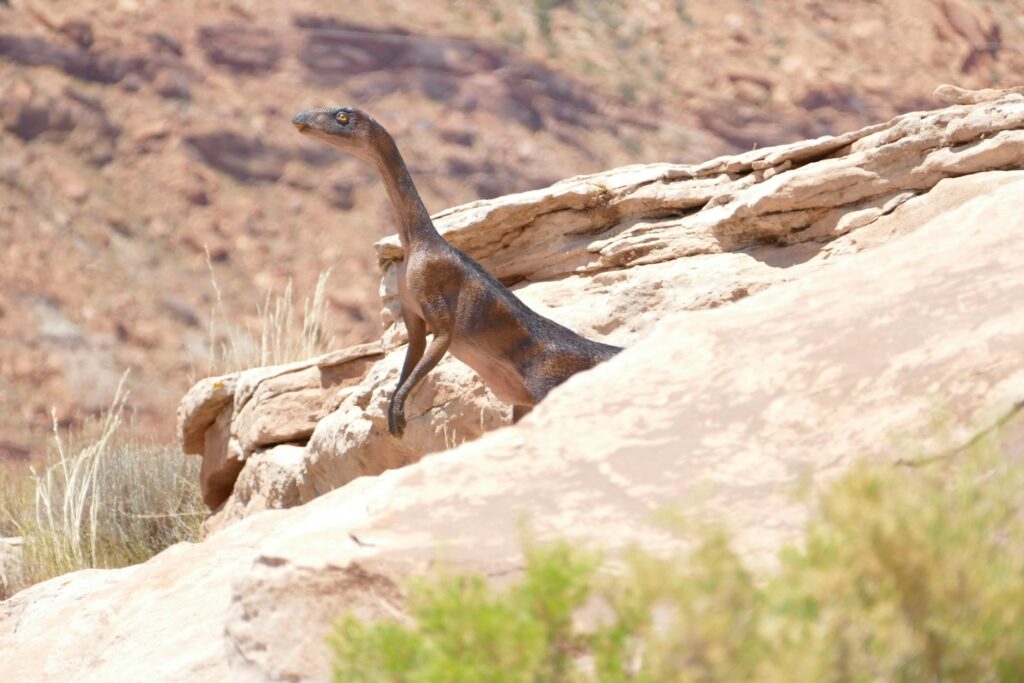
Patagotitan mayorum stands as a monument to the extraordinary possibilities of evolution. From its dramatic discovery in the windswept plains of Patagonia to its starring role in museums worldwide, this colossus has transformed our understanding of dinosaur biology and captured humanity’s imagination. Beyond simply breaking size records, Patagotitan provides a wealth of scientific insights about adaptation, ecosystem dynamics, and the biological constraints on extreme body size.
As research continues, this titanosaur will undoubtedly continue yielding discoveries about life during the Cretaceous period. Perhaps most importantly, Patagotitan reminds us that despite over two centuries of paleontological investigation, the Earth still holds astonishing secrets waiting to be unearthed—ancient giants whose scale and majesty continue to inspire wonder about our planet’s remarkable history.



